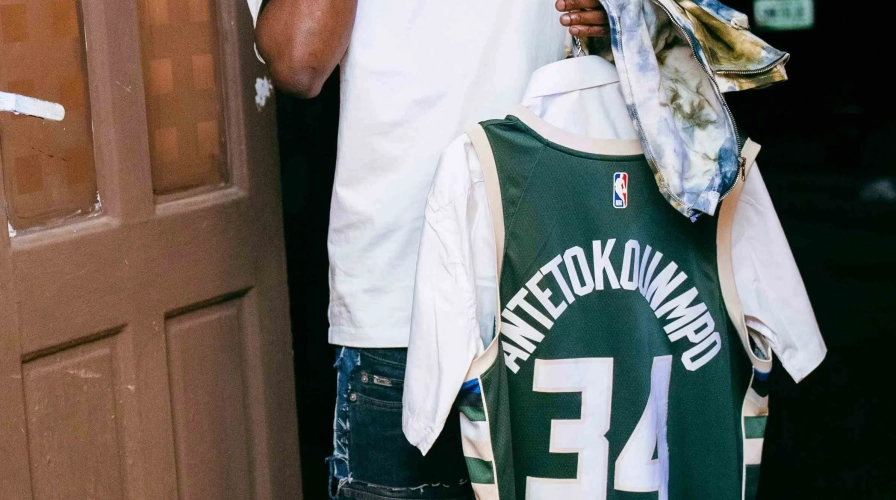1. Origins and Evolution of Streetwear
Streetwear emerged in the 1980s in New York, inspired by skate culture and hip-hop. Brands like Supreme and Vans, focused on urban fashion, played a pioneering role, creating a style that combined comfort, aesthetics, and a rebellious attitude. This style, embraced by skaters, rappers, and graffiti artists, quickly became a symbol of rebellion and authenticity.
In the 1990s and 2000s, streetwear gained popularity through the growing influence of hip-hop and sports, especially basketball, where athletes became style icons. Sports brands like Nike and Adidas also contributed by launching collaborations with artists and celebrities, notably the legendary partnerships with Michael Jordan for Nike. Streetwear then expanded internationally.
2. Streetwear in 2024: Trends and Aesthetics
In 2024, streetwear continues to evolve, influenced by modern trends while staying true to its roots. The style's codes are now recognized and even integrated into haute couture houses.
Some of the standout trends in contemporary streetwear include comfort-first designs blending functionality and style, exclusive collaborations such as Nike x Louis Vuitton's Air Force 1, and ethical, sustainable streetwear. These aspects particularly appeal to younger generations, who are conscious of their carbon footprint and seek clothing that reflects their values.
3. Influence of Social Media and Pop Culture
Social media platforms, particularly Instagram and TikTok, play a crucial role in the evolution and dissemination of streetwear. Influencers, artists, and celebrities showcase their streetwear looks, which quickly become trends to follow. These platforms enable streetwear brands to reach a broad audience, fostering the democratization of the style.
Streetwear is also supported by pop culture figures. Rappers, actors, and athletes embrace the style, contributing to its global popularity. Artists like Travis Scott, ASAP Rocky, and Billie Eilish have become streetwear icons, each with a unique style. Their influence has helped popularize streetwear far beyond urban centers, making it a standalone fashion phenomenon.
4. The Rise of Streetwear in Luxury
One of the major evolutions of streetwear is its fusion with luxury fashion. Houses like Louis Vuitton, Dior, and Balenciaga have integrated streetwear elements into their collections, sometimes partnering with street brands like Off-White. These collaborations blur the lines between genres, making urban style more accessible to fashion elites.
Luxury streetwear is characterized by high-quality materials and a refined aesthetic that still retains iconic urban style elements, such as hoodies, sneakers, and loose cuts. This fusion attracts a diverse audience and reflects a shift in mindset: street fashion is no longer just for urban youth; it is now part of the runways of major couture houses.
Conclusion: A Lasting Phenomenon
Streetwear has evolved without ever losing its rebellious and urban essence. In 2024, it remains a vehicle for identity, personal expression, and values. By integrating luxury, addressing environmental issues, and celebrating authenticity, streetwear establishes itself as a style that transcends generations and social classes.
More than a trend, it has become a true fashion culture, a sustainable style that adapts to the world's changes while staying true to its roots.




Comments (0)